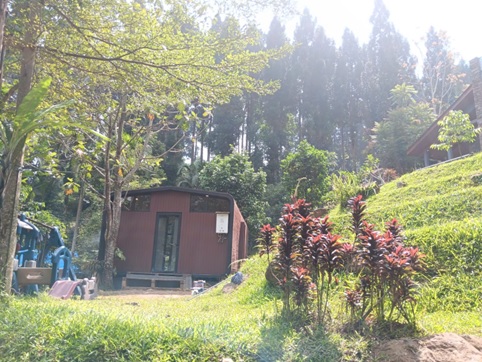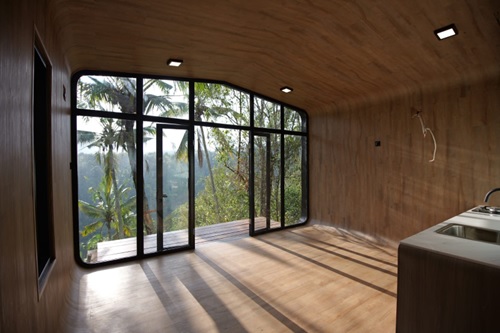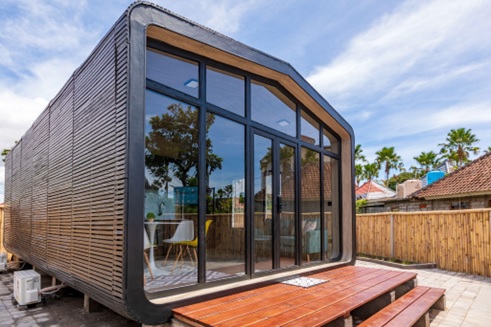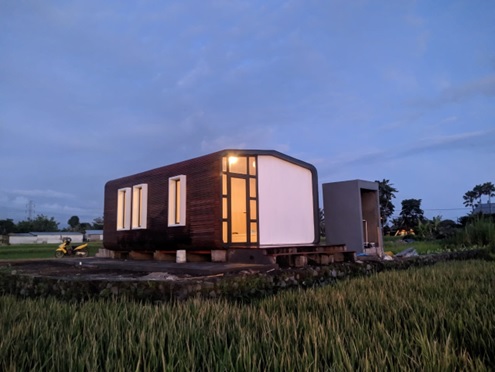Prefab cabins can be adapted to various locations, from secluded forest retreats to suburban backyards. Here’s how prefab cabins cater to different environments and intended uses:

Prefab cabins are a popular choice for vacation homes in areas like lakesides, mountains, and forests, where proximity to nature enhances the experience. Tiny or small prefab cabins provide an affordable solution for seasonal getaways, with features like large windows, wrap-around decks, and open layouts to enjoy views and connect with the surroundings.
Prefab cabins are increasingly used as guesthouses, rental units, or home offices. Their compact size and efficient design make them an ideal choice for city living, where space is limited. Modular designs allow for future expansion, adapting to changes such as the need for additional workspace or housing for family members.
For those desiring a self-sufficient lifestyle, prefab cabins are easily adapted for remote and off-grid locations. Eco-friendly cabins equipped with solar panels, composting toilets, and water filtration systems offer independence from utilities, creating a low-impact home that can be situated in even the most remote areas.
With larger prefab options, families can enjoy the comfort of a spacious, functional home without the lengthy build time of traditional construction. Prefab family homes can be built to accommodate multiple bedrooms, open-plan living spaces, and ample storage, providing an efficient housing solution for year-round living.
Prefab cabins are also popular for recreational purposes, such as hunting lodges, fishing cabins, or mountain retreats. Their quick setup and affordable costs make them a convenient option for seasonal use, allowing for flexible access to leisure and nature-focused activities.
Source: samanportable.com